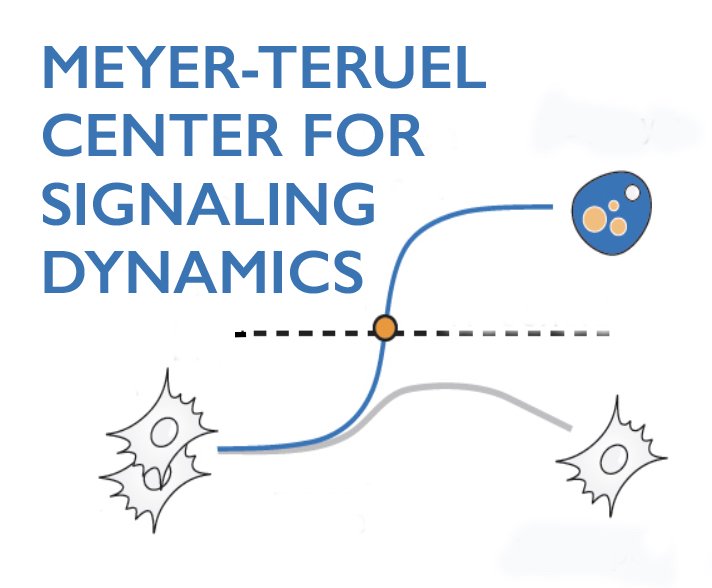
Our Current Team
Our goal is to generate impactful papers and train people to succeed in their careers.
Principal Investigators
-
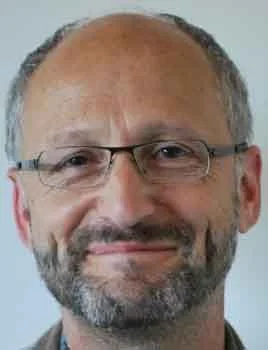
Tobias Meyer, Ph.D
Tobias studied particle physics at CERN before completing his Ph.D. in biophysical chemistry at the Biocenter in Basel, Switzerland.
He has since been fascinated to learn general concepts about local and dynamically changing signals in cells and how they control cell decisions and cell function. His recent work focuses on the question how cell signals decide between proliferation and quiescence and how cells control polarization and cell movement. He seeks to apply new basic findings to find combinatorial treatments for cancer.
-

Mary Teruel, Ph.D.
Mary studied Mechanical Engineering as an undergrad at University of Pennsylvania in Philadelphia, PA, before moving to Stanford University to earn an M.S. and Ph.D in Aeronautical Engineering.
She has since applied her engineering expertise to study dynamically changing signals and noise in cell signaling. Her recent work uses adipocytes as a model system to address the question how cells coordinate cell proliferation and cell differentiation and how external and internal circadian rhythms control differentiation and cell metabolism. She seeks to apply her insights into cell rhythms to find new ways to treat obesity.
Postdoctoral Fellows
-

Yumi Ida, Ph.D.
Yumi studied biology at the University of Tokyo and obtained her Ph.D. at the University of Kyoto in Japan.
She is an expert in cell signaling, cell proliferation and differentiation and has been developing and applying cutting edge microscopy strategies using mouse models and in vitro cell cultures. She currently studies how partial inactivation of retinoblastoma protein and partial activation of the E2F transcription program control the decision between proliferation and quiescence.
-

Bo Gong, Ph.D.
Bo studied at Southwest University in Chongqing and obtained his Ph.D at Tsinghua University in Beijing.
He is an expert in actin, cell signaling, genetics, lipids, membrane biology and automated high resolution fluorescence microscopy. His current research is focused on the mechanism how signals polarize cell and direct movement. he is particularly intrigued by the role of ER-PM contact sites in polarizing receptor signaling and the direction of cell migration.
-

Alex Themieke, Ph.D.
Alex studied at the Friedrich Schiller University in Jena, Germany, and got his Ph.D. in Biophysics at Vanderbilt University.
He has computational expertise modeling signaling and metabolic processes and set up a photolithography system for printing proteins to study the signals at the plasma membrane that control actin polymerization, contraction and membrane attachment. He uses automated fluorescence imaging of moving, stopping, and turning cells to understand the underlying signaling control mechanisms.
-

Sanjeev Sharma, Ph.D.
Sanjeev studied Developmental Biology and obtained his Ph.D. from the NCBS Institute in Bangalore, India.
He is an expert in lipid metabolism and cell signaling and his current work focuses on the terminal differentiation of adipocytes (fat cells). He investigates how cyclins, CDK inhibitors and CDK4/6 and CDK2 activities control the coordination between cell proliferation and differentiation as cells commit to terminally differentiate. He makes critical use of long-term live cell imaging of multiple fluorescent activity reporters for signaling and differentiation during the proliferation and differentiation process.
-
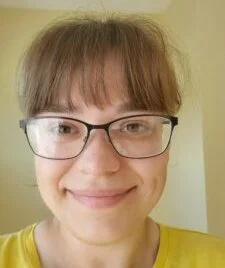
Agnes Agas, Ph.D.
Agnes studied Biomedical Engineering at the New Jersey Institute of Technology/Rutgers University Biomedical Health & Sciences Center. Her PhD work was focused on understanding the pathophysiological features of CNS injuries under alcohol and brain injury that retrogress recovery, using rats as a model system.
She is an expert in mouse physiology of lipid metabolism and is currently focusing on understanding how circadian rhythms and the cell cycle control preadipocyte proliferation, adipogenesis, and fat mass. She is attacking this fundamental problem by combining experiments using mouse models and in vitro experiments studying the underlying single-cell dynamics.
-
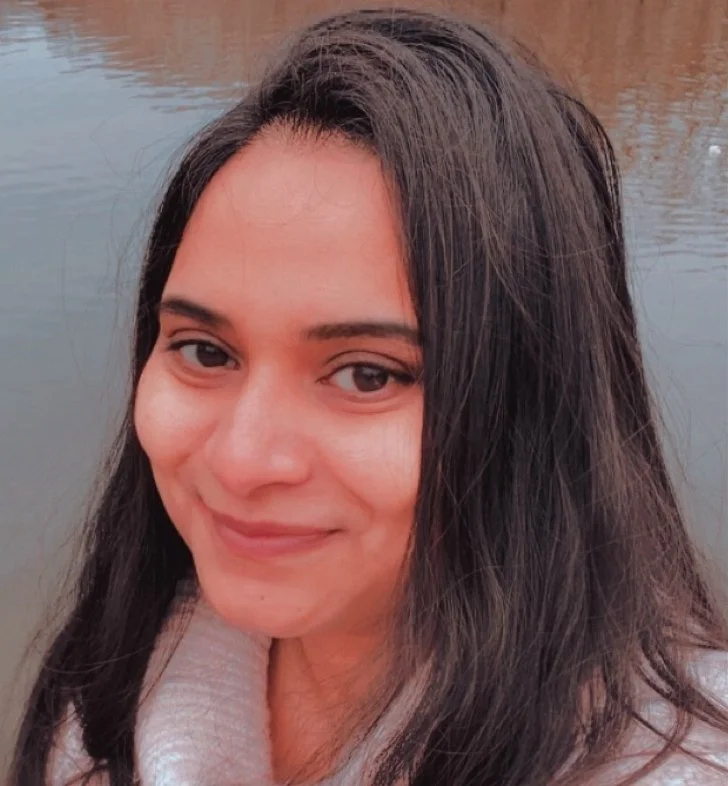
Roma Patel, Ph.D.
Roma studied Biochemistry at The Maharaja Sayajirao University of Baroda, Vadodara, Gujarat, India. Im her PhD work, Roma investigated the association of TNF-α and melatonin receptor-MTNR1B polymorphisms with metabolic profile and T2D risk in the Gujarat population. She also studied the therapeutic potential of melatonin (M) and the dipeptidyl peptidase-IV (DPP-IV) inhibitor, sitagliptin (S) in T1D and T2D in vitro and in vivo experimental mouse models, and humanized euglycemic mouse model of islet transplantation.
She is an expert in cell metabolism and mouse physiology and uses her expertise to understand why loss of glucocorticoid rhythms during stress leads to overactive release of insulin from pancreatic beta cells and a transfer of energy storage from muscle to fat. She is addressing this key question for treating obesity using mouse models and in vitro models of pancreatic beta, muscle, and fat cells.
-
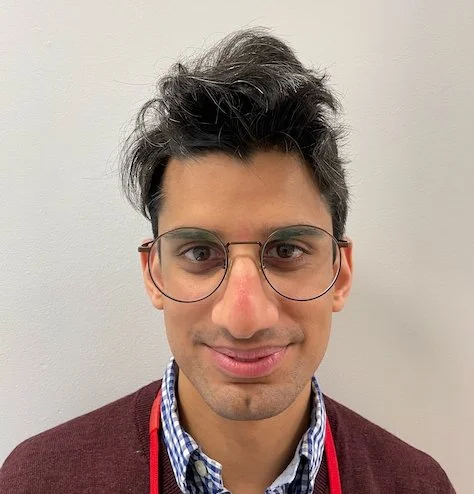
Ahsan Uddin, M.D.
Ahsan is a Pediatric Endocrinology Fellow. He received a B.S. from University of Michigan, Ann Arbor and an M.D. from St. George’s University, Grenada, West Indies.
He is carrying out research to understand the mechanisms by which flattening of glucocoriticoid oscillations leads to hyperinsulineia, loss of muscle mass, and obesity, with a longterm goal to find time-based therapies that can treat or prevent the resulting harmful metabolic outcomes.
Graduate Students
-
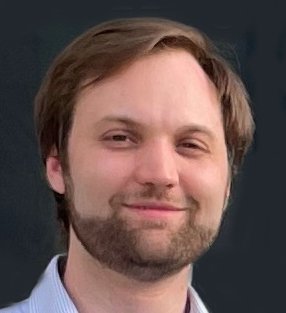
Henri Berger
Henri studied Molecular and Cellular Biology as an undergraduate at Johns Hopkins University and then carried research for 3 years as a techician in the lab of Jef Boeke in the Institute for Systems Genetics at NYU.
As a grad student in the BCMB program at Weill Cornell, Henri’s work focuses on the role of YAP/TAZ signaling in controlling both proliferation and differentiation to regulate adipose tissue size. He is combining genetic and live-cell analysis with both cell-cycle and adipocyte differentiation reporters and uses small molecule activators of YAP/TAZ and differentiation, and activators and inhibitors of cell-cycle progression, to understand how these key processes co-regulate each other.
-
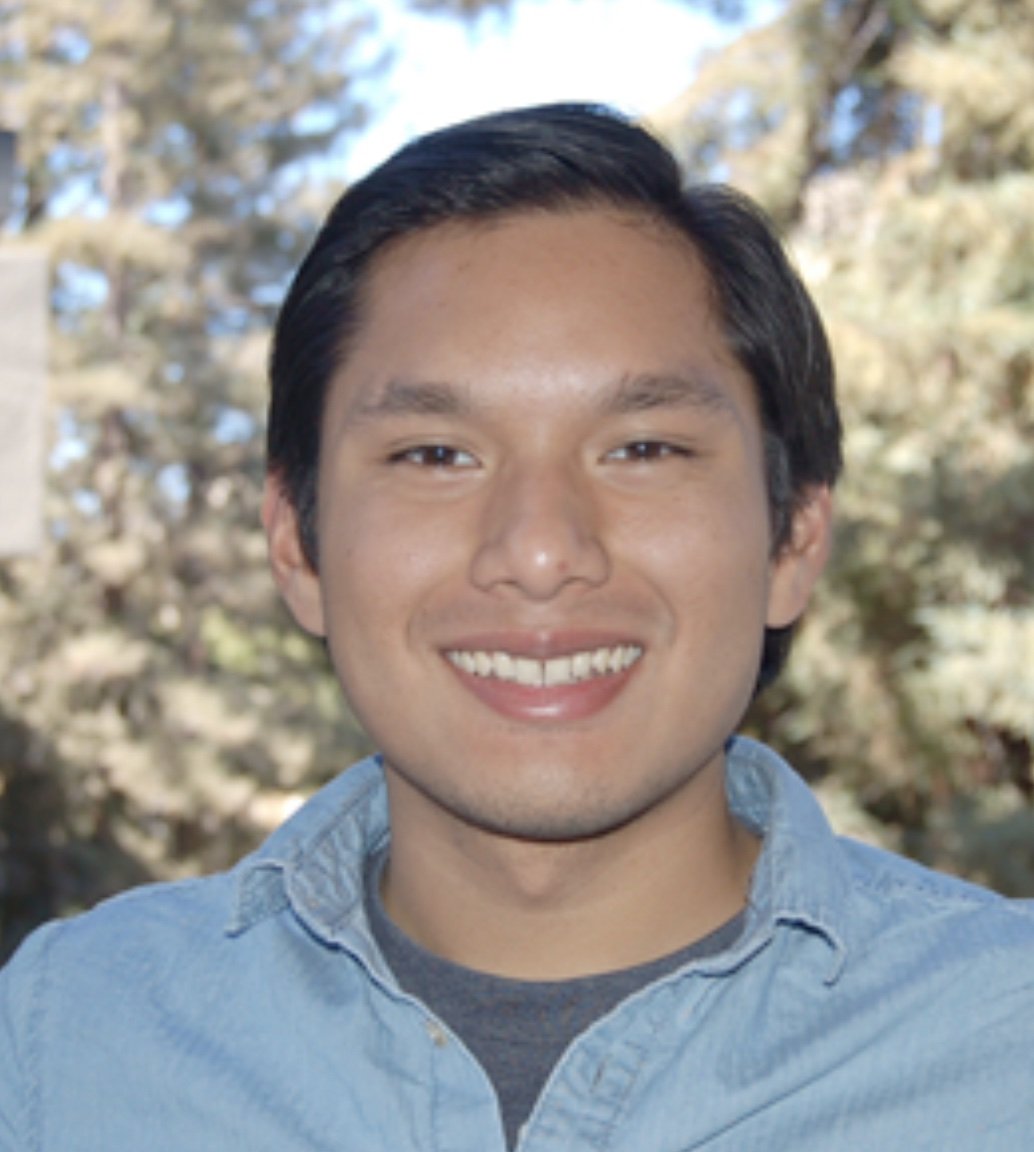
Nalin Ratnayeke
Nalin studied Physics and Biology at the University of Texas in Austin.
His work is focused on the question how cells can replicate their DNA only once during the cell cycle. He is an expert in image analysis and single-cell experiments which allows him to dissect the timing when precisely the different signaling regulators are active and replisome components are loaded onto chromatin. This allowed him to identify new roles of the licensing factor Cdt1 in blocking DNA Helicase activity.
-

Katie Ferrick
Katie studied Chemistry at Southwestern University in Georgetown, Texas.
She is focusing on the question how cells integrate receptor and cell-cell contact signaling to control cell proliferation. Her work combines long-term single-cell reporter measurements, RNA-Seq analysis, targeted siRNA screens, and CRISPR knockout experiments which led her to identify a Merlin and YAP/TAZ-regulated signaling program that may explain how cells integrate receptor and cell-cell contact signaling inputs.
-

Samsara Uphadya
Samsara studied at Emory University in Atlanta, GA.
She is an expert in live single-cell image analysis who focuses on the question how cells coordinate the start to proliferate by regulation the activity of three fundamental protein kinases, CDK2, CDK1 and CDC7, in parallel with the cell-cycle E3 ubiqution ligase APC/C(Cdh1) and the cell-cycle transcription factor E2F. Her work employs parallel imaging of multiple activity in cells over several days.
-

David Rosenthal
David obtained his BS degree from Stanford University and is currently an M.D/Ph.D. Student at Weill Cornell.
He is focusing on two related projects, how cells regulate the cell-cycle transcription factor E2F in different phases of the cell cycle to control licensing, firing of origins of DNA replication, and the start of S phase, and how E2F transcription may have roles independent of the cell cycle in DNA damage repair and regulating cell death in terminally differentiated cells such as neurons.
Undergraduate Students
-

Washif Awal
Washif is an undergraduate in the honors Biochemistry program at Hunter College.
Together with Hasif, he is working on a research project with Henri Berger and Sanjeev Sharma to understand the role of YAP/TAZ signaling on regulating fat cell differentiation.
-

Hasif Ahmed
Hasif is an undergraduate in the honors Biochemistry program at Hunter College.
Together with Washif, he is working on a research project with Henri Berger and Sanjeev Sharma to understand the role of YAP/TAZ signaling on regulating fat cell differentiation.
